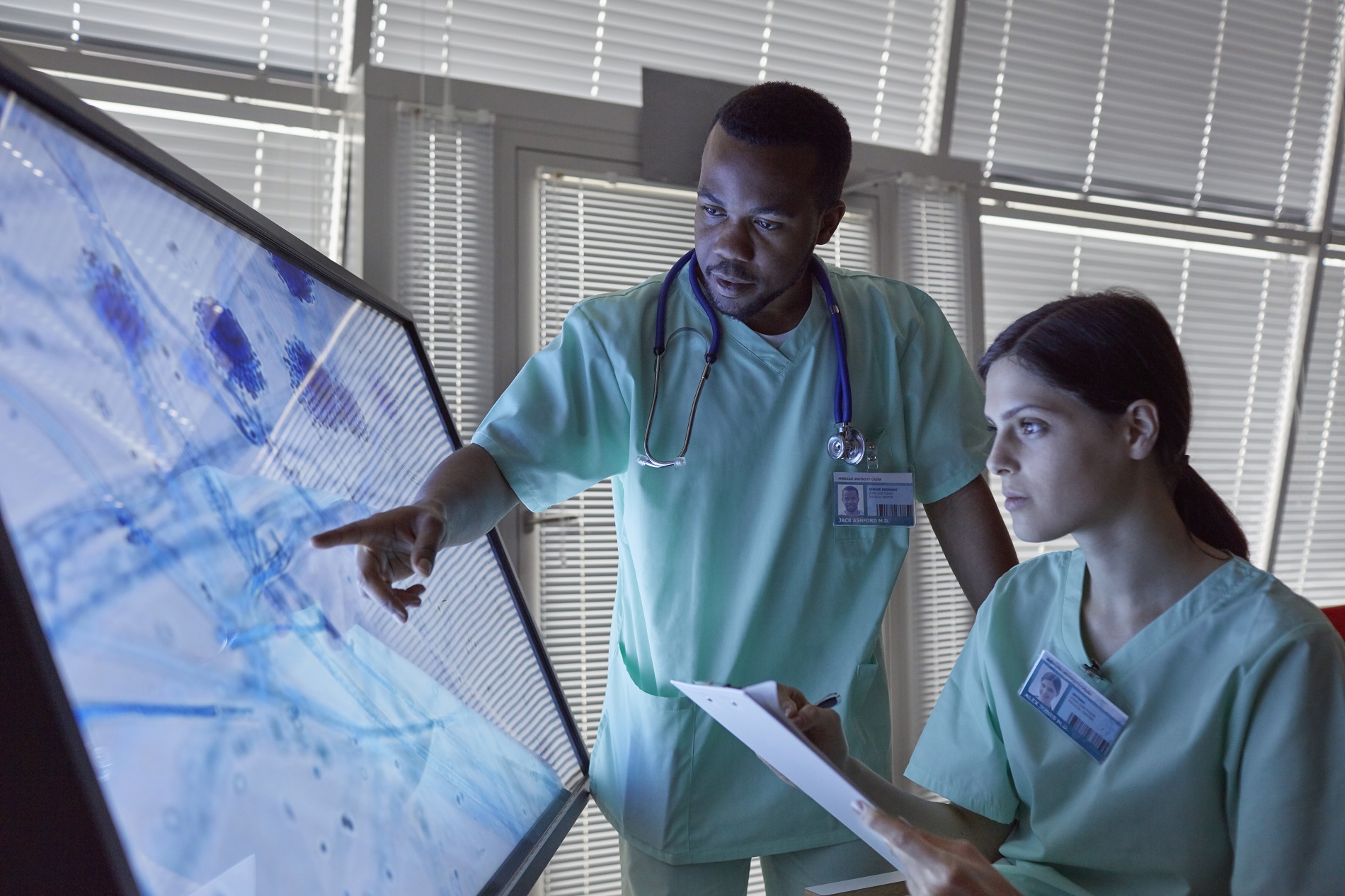While telephone consultation has been widely used, mainly for out of hours (OOH) work and triaging calls in general practice (GP), the COVID-19 pandemic necessitated a step change in the use of telephone consulting in continuing care as well as triage.
Video consulting (VC) which, until very recently had been very little used1, has come to the fore as a result of easily accessible software and increased equipment availability at patients' workplaces, in their homes and on their mobile phones.
However, for most doctors and patients, both media have presented challenges. This series of articles seeks to provide an evidence-based guide to the safe and efficient use of remote consulting.
What is acceptable and useful in the very strange times in which we find ourselves, or when resources are less available (for example out of hours), may not be so acceptable and useful in more normal times.
For most conditions (with a few exceptions) consulting face-to-face is considered by patients and clinicians as being the ‘gold standard’. This is because of familiarity, the opportunity for informal visual examination, easy access to physical examination (if it becomes apparent in the course of the consultation that it is necessary) and better verbal and non-verbal communication unimpeded by inadequate technology.2
However, these advantages may to an extent be traded, depending on the seriousness of the condition, for patient convenience and, of course, during a pandemic, reducing the risk of infection.3
Notes
- Brant H, Atherton H, Ziebland S et al. Using alternatives to face-to-face consultations: a survey of prevalence and attitudes in general practice. Br J Gen Pract. 2016 Jul;66(648):e460-6. doi: 10.3399/bjgp16X685597. Epub 2016 May 23. PMID: 27215571; PMCID: PMC4917048.
- Donaghy E, Atherton H, Hammersley V, et al. Acceptability, benefits, and challenges of video consulting: a qualitative study in primary care. Br J Gen Pract. 2019 Aug 29;69(686):e586-e594. doi: 10.3399/bjgp19X704141. PMID: 31160368; PMCID: PMC6617540.
- Fatehi F, Gray LC, Russell AW, Paul SK. Validity Study of Video Teleconsultation for the Management of Diabetes: A Pilot Randomized Controlled Trial. Diabetes Technol Ther. 2015 Oct;17(10):717-25. doi: 10.1089/dia.2014.0416. Epub 2015 Jul 16. PMID: 26181716.
